Eastern Airlines was founded in 1926 as Pitcairn Aviation by Harold Pitcairn, originally focusing on mail delivery contracts awarded by the U.S. government. The company began flying small, single-engine planes between cities in the Northeast. Pitcairn Aviation quickly established itself as a reliable mail carrier, but its real significance would come later when it shifted from cargo to passenger services.
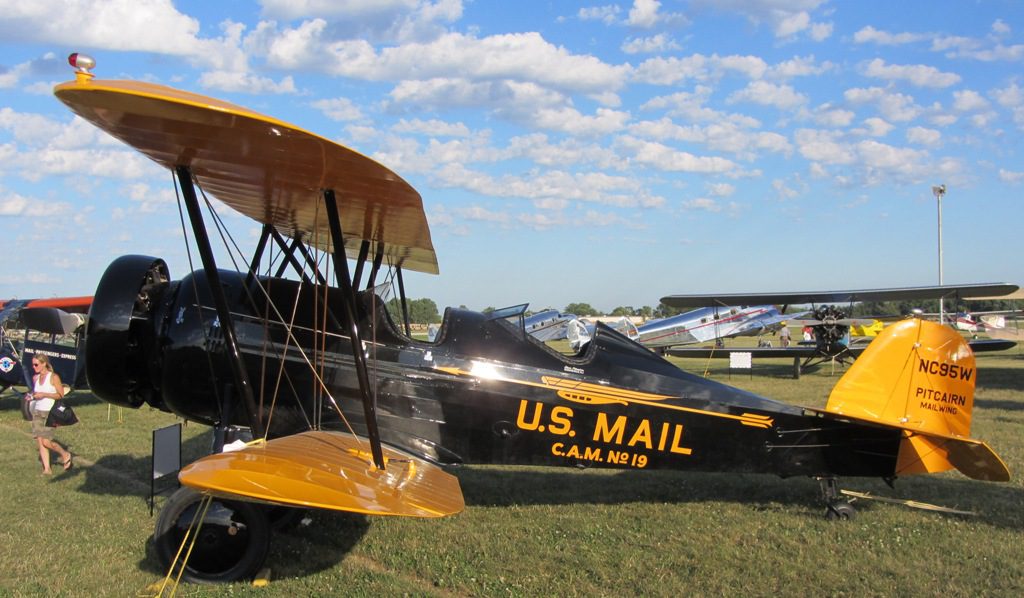
In 1930, the company was renamed Eastern Air Transport, and the following year it was purchased by General Motors. This acquisition helped solidify its financial footing and spurred its expansion into passenger transport. The airline began to offer regular routes for passengers, which were increasingly in demand as commercial aviation evolved.
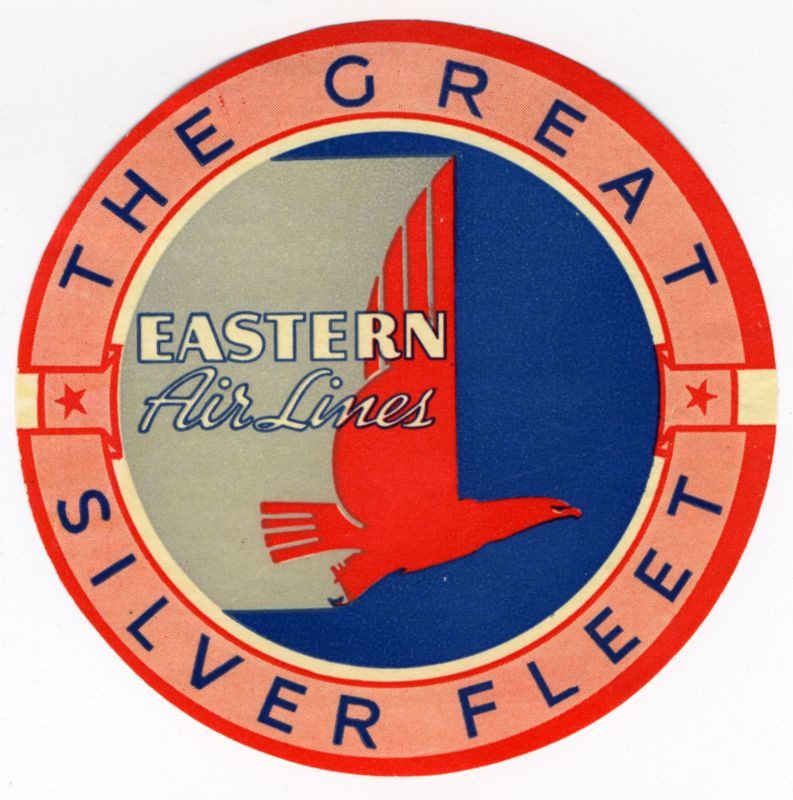
The Eddie Rickenbacker Era: Growth and Expansion
In 1938, World War I flying ace Eddie Rickenbacker took over as general manager, and under his leadership, Eastern Airlines saw rapid growth. Rickenbacker’s vision of the future of aviation was pivotal. He was a hands-on leader, deeply involved in the company’s operations and well-versed in aviation’s technical aspects. His efforts led to Eastern becoming one of the “Big Four” airlines in the U.S., alongside American, United, and TWA.
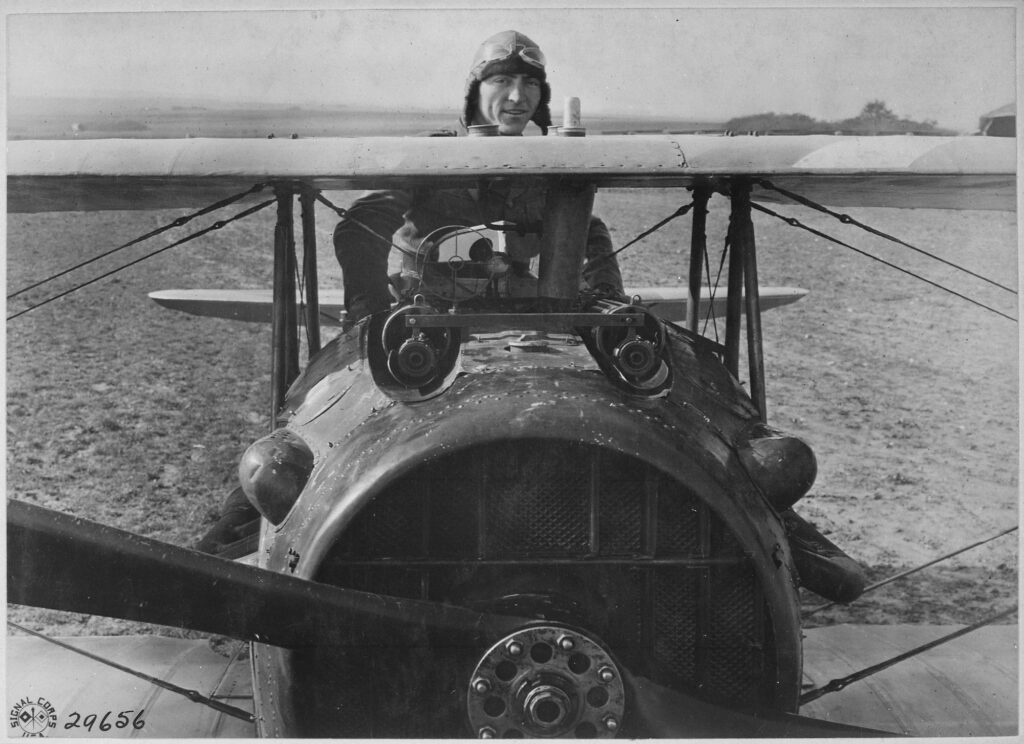
Rickenbacker secured lucrative government contracts and expanded routes, especially along the East Coast. Eastern Airlines became known as “The Great Silver Fleet” and developed a reputation for reliability and innovation. Rickenbacker introduced the Lockheed Constellation aircraft, which allowed Eastern to offer faster, more comfortable flights, contributing to its growing popularity.
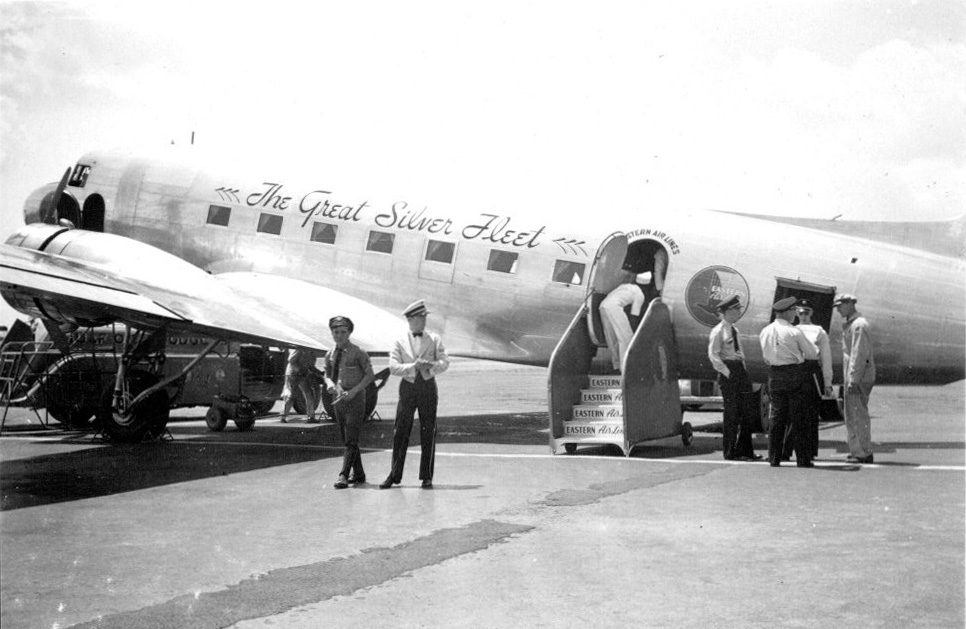
During World War II, Eastern played a critical role in the war effort by transporting military personnel and equipment, further cementing its place in the American aviation landscape.
The Jet Age: The Rise of a Giant
The post-World War II era brought about the jet age, and Eastern Airlines was quick to adapt. It became one of the first airlines to embrace jet aircraft, adding the Douglas DC-8
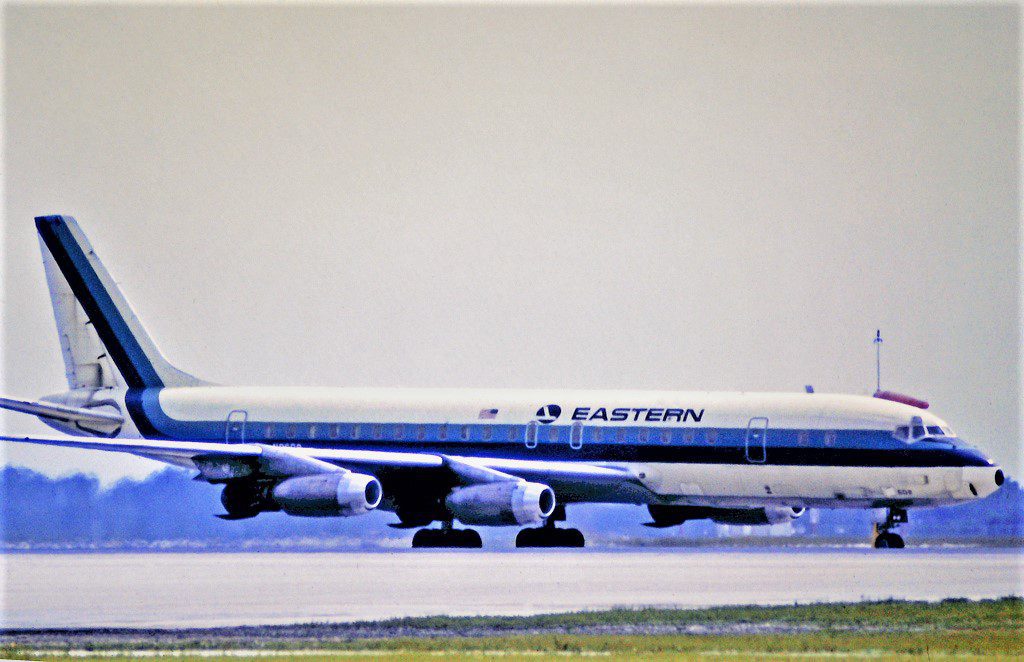
and Boeing 727 to its fleet. This transition allowed Eastern to expand its services, not just domestically but also internationally.
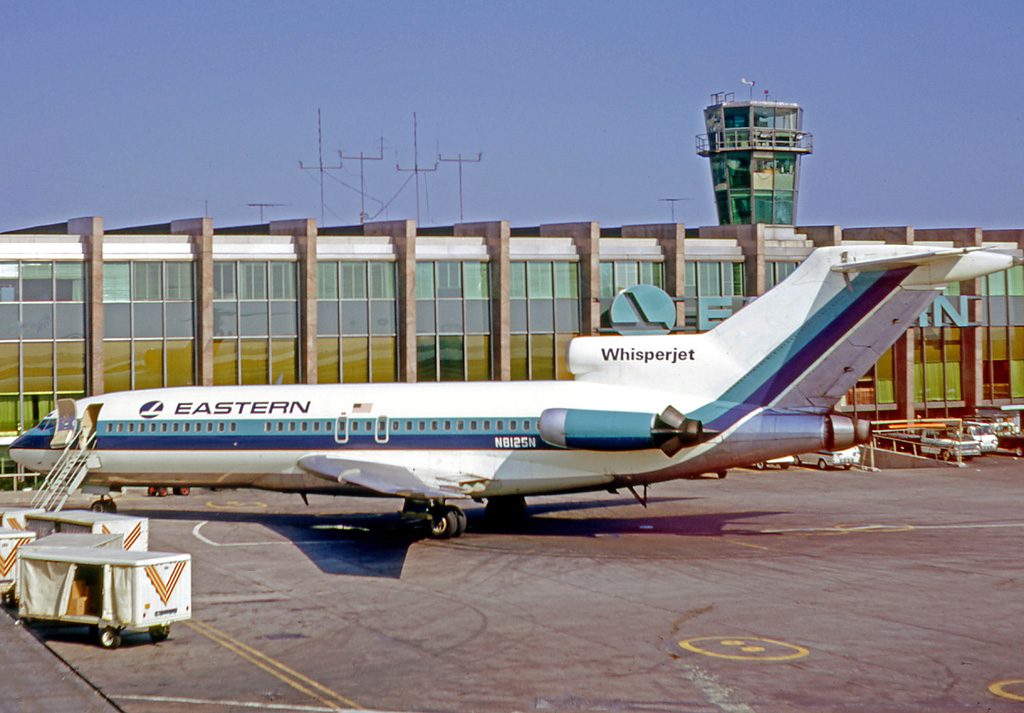
The airline thrived throughout the 1960s and into the 1970s. It introduced a shuttle service between New York, Washington, D.C., and Boston, offering passengers the convenience of frequent flights without reservations. Eastern also became the official airline of Walt Disney World in Orlando, Florida, further expanding its market share and public visibility.

By the late 1970s, Eastern had grown to become one of the largest airlines in the world, employing tens of thousands of workers and operating a vast network of domestic and international routes.
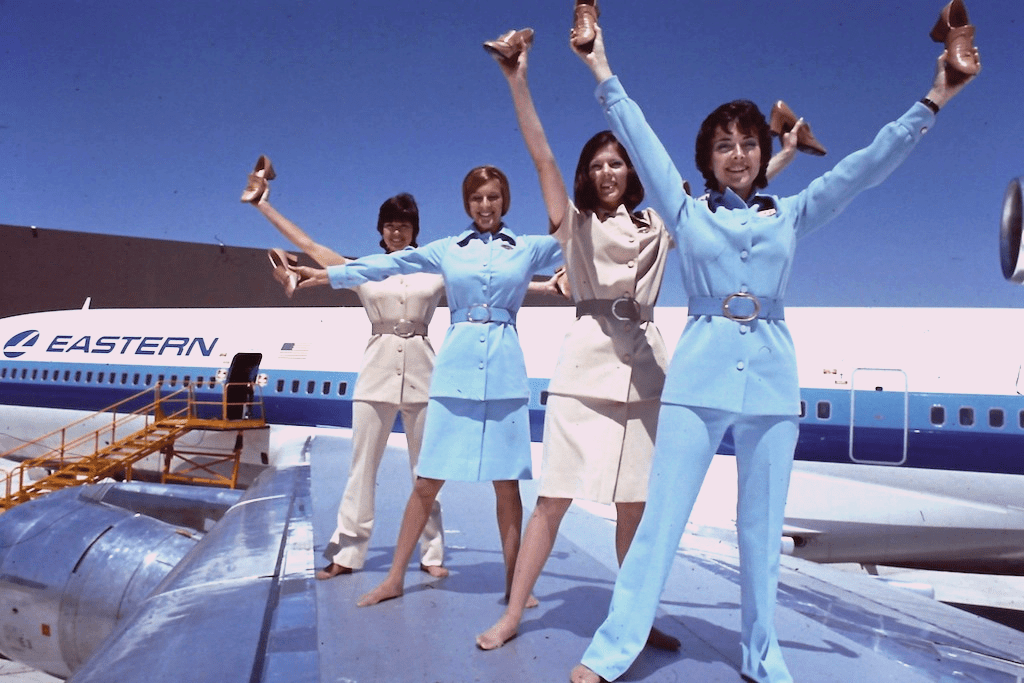
The Fall: Economic Challenges and Labor Struggles
Despite its success, Eastern Airlines began to face significant challenges in the 1980s. The Airline Deregulation Act of 1978 led to increased competition and reduced profit margins. Eastern, once a dominant force, found itself struggling to adapt to the new environment. Mismanagement, rising fuel costs, and poor labor relations exacerbated the situation.
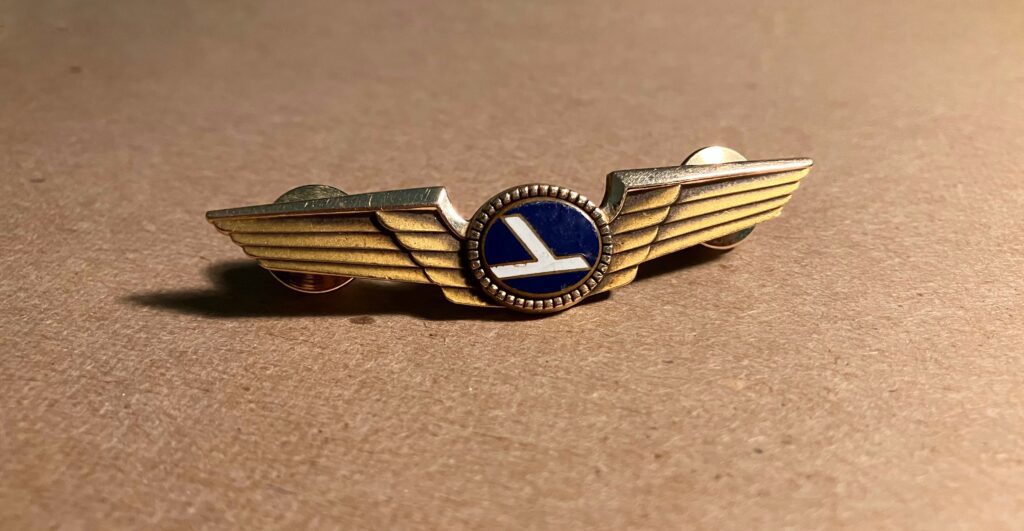
The airline’s labor unions, particularly the machinists and pilots, were in constant conflict with management over wages and working conditions. A series of strikes in the 1980s severely crippled operations, and in 1986, Eastern was sold to Frank Lorenzo, a controversial figure in the airline industry known for his aggressive cost-cutting tactics. Lorenzo’s tenure worsened labor relations, leading to more strikes, and ultimately, Eastern filed for bankruptcy in 1989.
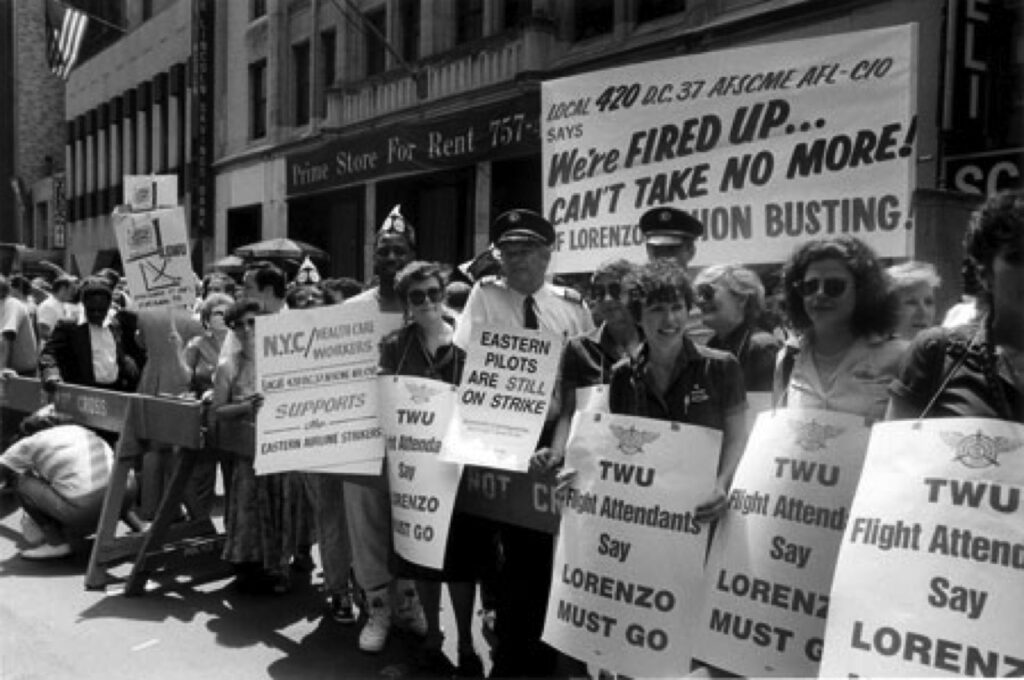
In January 1991, after years of financial losses, Eastern Airlines ceased operations, marking the end of an era for one of America’s most storied airlines.
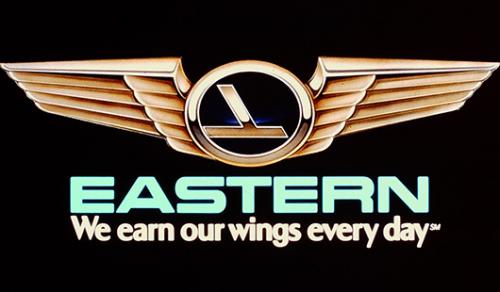
Conclusion
Eastern Airlines was more than just an airline; it was a symbol of American aviation’s growth and evolution. From its early days as a mail carrier to its dominance in the jet age, Eastern played a pivotal role in shaping the commercial airline industry. Although it fell victim to economic pressures and labor disputes, its legacy continues through its revival and its contributions to aviation history.
















